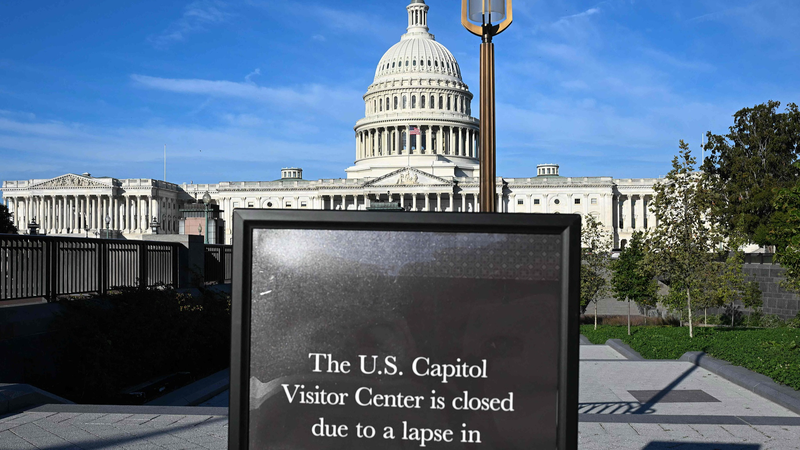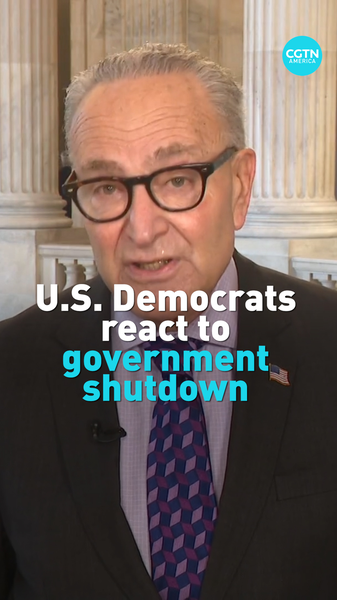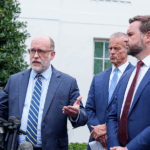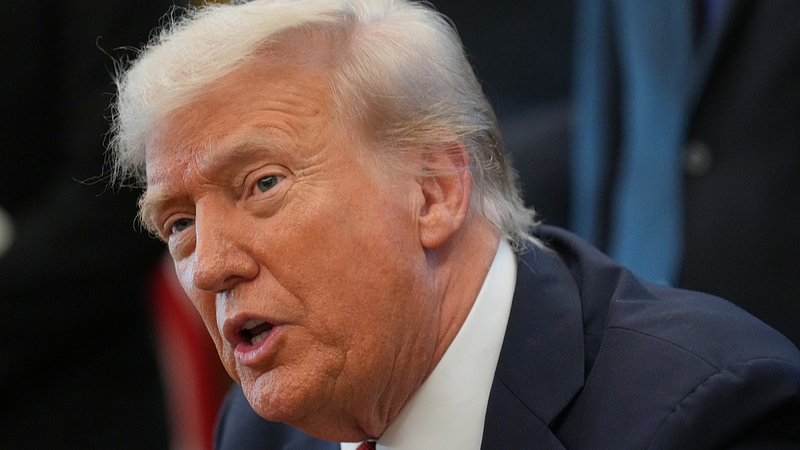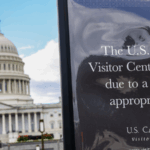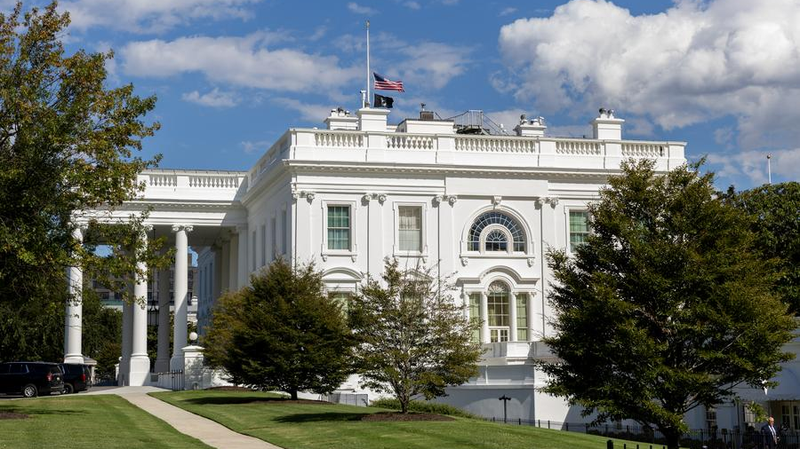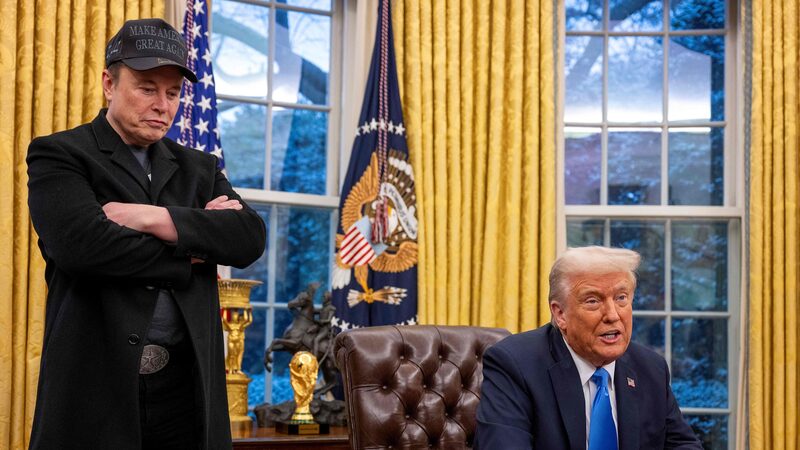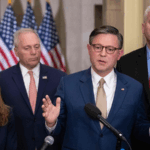The U.S. government shutdown has stretched into its second week, deepening political divisions and inflicting mounting economic costs as lawmakers remain deadlocked over funding. With no resolution in sight, the stalemate between President Donald Trump's Republicans and Democrats has escalated into a high-stakes battle over federal spending priorities, leaving over two million federal employees in limbo.
The Trump administration has targeted funding cuts to programs in Democratic-leaning states while pushing to dismantle agencies perceived as opposition strongholds. Democrats, meanwhile, have rallied behind a unified strategy to challenge these moves, framing the shutdown as a fight to protect public institutions and reverse declining public trust.
Beyond the political theater, the shutdown's economic consequences are becoming increasingly tangible. The White House Council of Economic Advisers estimates a weekly loss of $15 billion to the U.S. economy, with delayed paychecks for federal workers disrupting consumer spending and critical services. Small businesses reliant on government contracts and tourism revenue are also feeling the strain.
Analysts warn that prolonged gridlock could ripple through global markets, given the U.S. economy's central role in worldwide trade and investment. For Asian economies with significant export ties to the U.S., the shutdown adds uncertainty to an already complex landscape of trade negotiations and tariff policies.
As pressure builds on both parties to reach a compromise, the human cost continues to rise. Federal employees, from airport security staff to national park rangers, face growing financial instability, while public services—from food safety inspections to tax refund processing—experience delays. The shutdown now stands as a stark reminder of how domestic political friction in Washington can reverberate far beyond its borders.
Reference(s):
cgtn.com
